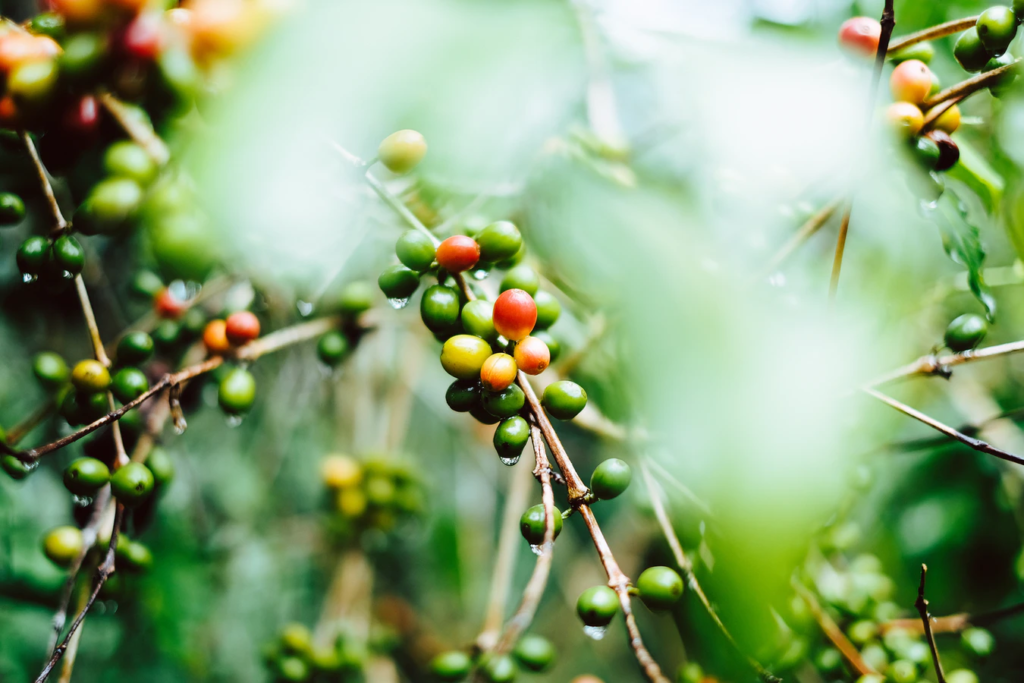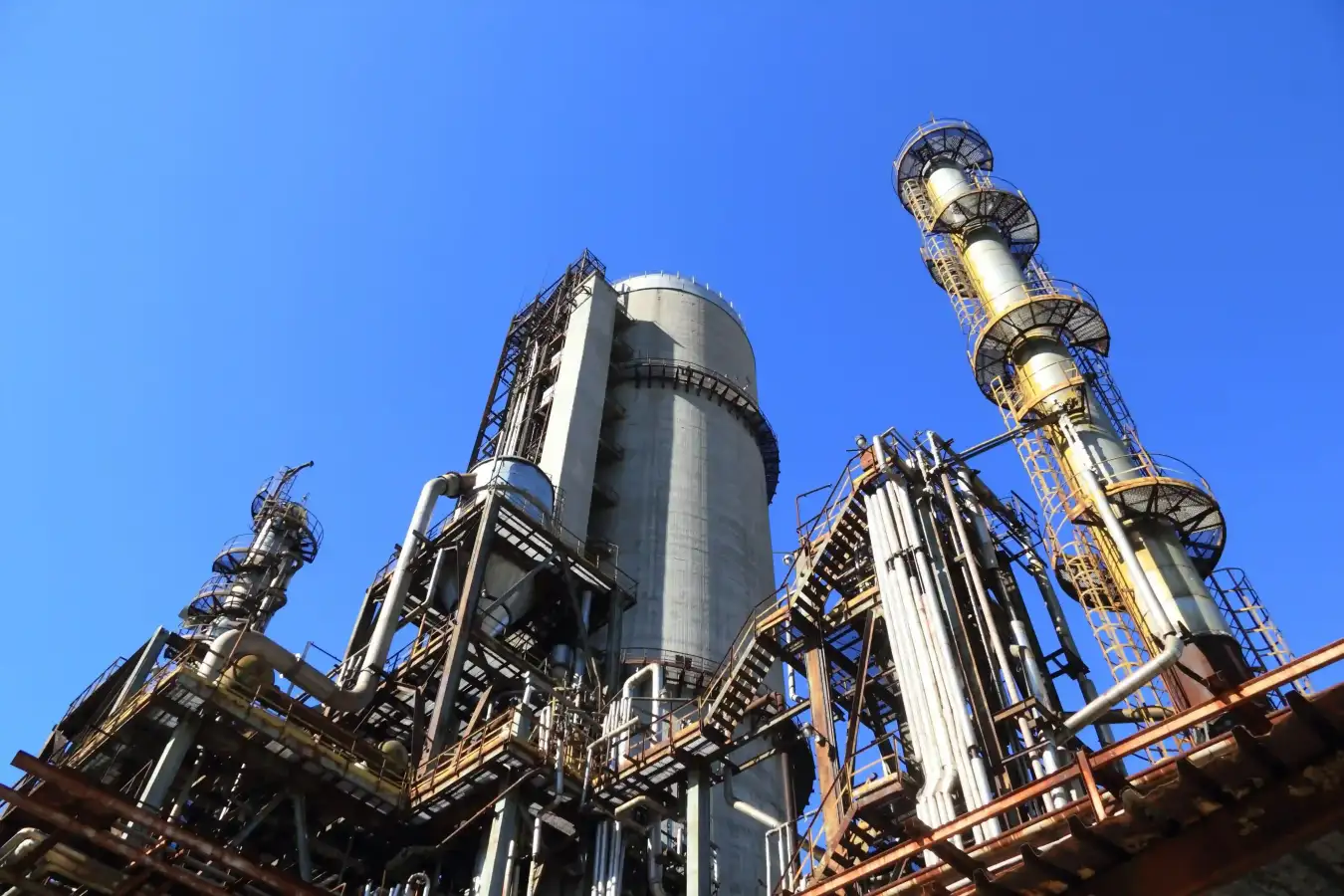Global warming and climate change have become the leading topics in virtually every sector, and not without reason: Europe is expected to beat last year’s warmest summer on record with new record temperatures, boreal wildfires are ravaging Canada, and disrupted rainfall patterns cause heavy floods in Northern Europe. These are just examples of climate disasters that have caused numerous fatalities, displaced people, and destruction, and will continue to become the norm if we do not manage our greenhouse gas (GHG) emissions. Naturally, governmental bodies, companies, and individuals, including the ethanol commodity sector, set the combat of climate change high on their agenda. But which environmental aspects affect the ethanol industry? Which environmental actions have already been taken? And how can companies move to a more sustainable way of working and operations?
Four ways towards sustainability
Generally, most of the ethanol sector’s environmental impact can be divided into four groups:
Ethanol sourcing solutions
While ethanol raw materials are sourced from renewable resources such as grain, sugarcane, and corn instead of fossil fuels, the planting, growing, and harvesting of those materials still use a lot of energy and water, contributing to GHG emissions. Some operations can be supported using renewable energies; however, it does not solve the fact that crops eradicate forests that are crucial carbon sinks.
A possible solution and opportunity for ethanol raw material farmers is the implementation of regenerative organic crops: this farming model is focused on the reconstruction of soil fertility, well-being of animals, and social responsibility surrounding farmers’ working conditions. By implementing more natural practices such as biological pest control, crop rotation, and compost use, the native flora and fauna can thrive while human resources are secured.
The environmental impact of ethanol production
The distillation of ethanol is another big CO2 source for the industry: in the U.S., a 50-million-gallon-per-year ethanol plant releases 14 tons of CO2 as a byproduct of distillation, and CO2 emissions from the energy that is needed to drive distillation are not even included. While powering distillation can be changed from fossil resources to renewable energies such as wind and solar power, eliminating CO2 as a byproduct of distillation is, chemically speaking, not possible. What many people might not be aware of: pure CO2 has its use in several market sectors, meaning that repurposing would not only be needed from an environmental standpoint but also beneficial to those markets.
Is CCUS the answer?
While already implemented by biorefineries, carbon capture, usage, and storage (CCUS) technologies are the future – and present – of ethanol production. CCUS captures pure CO2 from the fermentation process and either utilises it directly, for example, for the treatment of municipal water, carbonated drinks, food preservation, vaccine storage, and fabric creation or stores it underground. On a global level, however, CCUS systems still wait for their big uptake: According to McKinsey, the CCUS market needs to grow 120 times its current size by 2050 in order to bring countries to their net-zero emission goals. The slow implementation is mainly due to the high costs of the technologies themselves; reducing those costs, for example, by enforcing tax exemptions, is crucial for the viability of the former.
Second-generation ethanol as a waste-avoiding solution
The potential of ethanol in the waste utilisation of agricultural materials is something that is starting to gain more momentum in the ethanol industry; so-called second-generation (2G) or cellulosic ethanol utilises cellulosic feedstock, meaning non-food based and crop residues. Next to minimising the waste of agricultural industries, it is also a suitable solution to avoid ethanol production competing with feedstock that is used for human food goods. Next to 2G ethanol having the same quality as first-generation ethanol, its significance in waste, CO2 emission, and feedstock use reduction make it a very promising alternative to current raw materials.
Decarbonising ethanol distribution
The biggest CO2 emissions pit can be found in the distribution of ethanol: global shipping, the most common distribution method, is contributing to over 3% of the world’s GHG emissions. It is known to be a notoriously hard sector to be decarbonised, with GHG emission reduction being a slow process. Nevertheless, attempts to combat high emissions include reducing the speed of vessels by up to 20% and the development of non-traditional fuels and energy resources, namely biofuels, batteries, and hydrogen. Another example of a more environmentally friendly solution is Onshore Power Supply (OPS), which would reduce air pollution and GHG emissions while vessels are docked in ports; the port of Hamburg, for example, is implementing OPSs in its pursuit of improved air quality in the city and surrounding areas.
While this is a factor that a commodity vendor has little to no influence over, it is important for stakeholders in the ethanol sector to acknowledge its impact and either refer to less polluting distribution methods or find a way to compensate for those emissions.
Navigating the complex path to ethanol sustainability
As this exploration of sustainability in the ethanol commodity sector suggests, the decarbonisation of the industry isn’t as straightforward as it may seem; with a very complex supply chain involving many stakeholders, moving towards renewable technologies and practices becomes a slow and difficult process. Nevertheless, there are many sustainable solutions and technologies that are waiting to be tapped into! Transforming agriculture into regenerative organic crops, implementing carbon capture and renewable energies in the production process, and changing production from first- to second-generation ethanol are active steps the ethanol sector can take in order to do their part towards a more sustainable and greener future.















Leave a comment